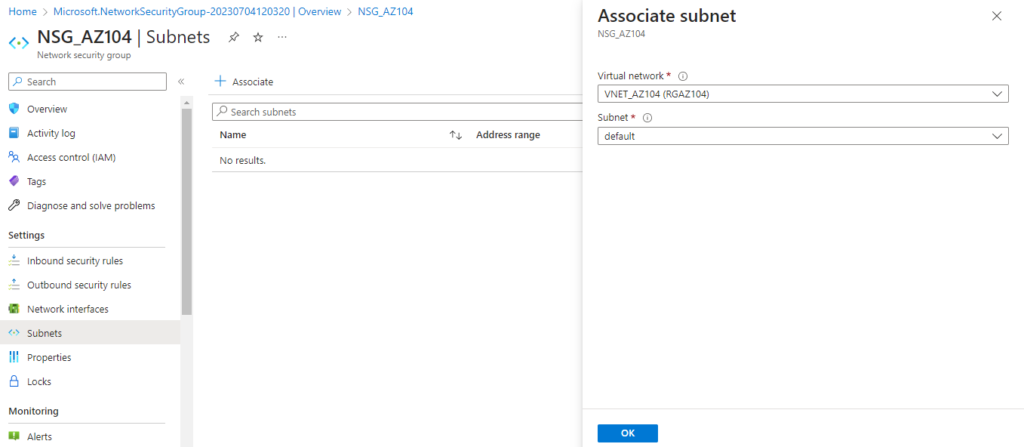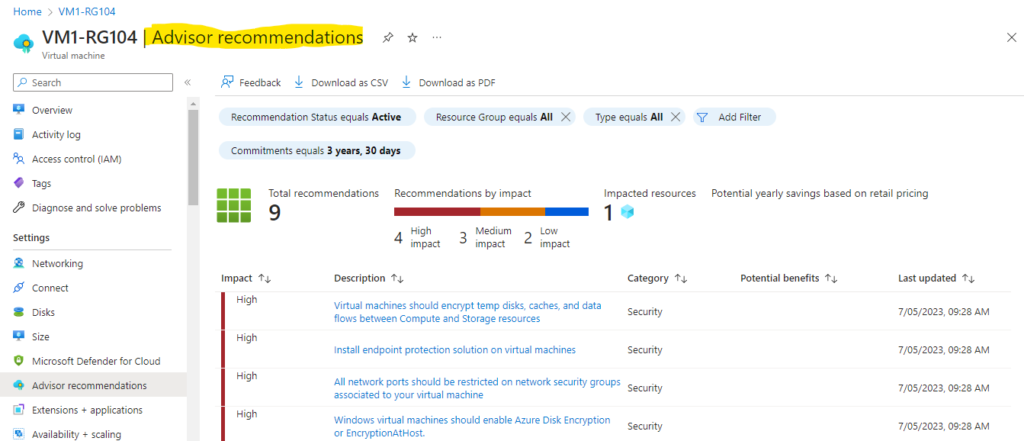
Azure Security
Are you ready to tackle security threats head-on and defend your cloud computing?
Azure Security is like the goalkeeper of your cloud computing team, keeping your applications, data, and infrastructure secure on the cloud.
It helps you secure your applications, data, and infrastructure on the cloud, using Azure Active Directory, network security best practices, and Azure Security Center.
Azure Active Directory
To get started with Azure Security, you’ll need to configure Azure Active Directory and role-based access control (RBAC).
This is like assigning roles and responsibilities to your team players.
Azure Active Directory allows you to manage user identities and access, while RBAC allows you to control access to resources based on roles and permissions.

Here’s how you can configure Azure Active Directory and RBAC using the Azure Portal:
- Log in to the Azure Portal and select Azure Active Directory from the left-hand menu.
- Create a new directory or use an existing one, then configure the settings and policies, such as user sign-in, password, and MFA.
- Assign roles and permissions to users and groups using RBAC, specifying the access level and scope for each role.

Once you’ve configured Azure Active Directory and RBAC, you can start implementing network security best practices to protect your cloud infrastructure from threats and attacks.
Network Security Best Practices
Network security best practices are like the tactics and strategies of your defense line.
They include setting up firewalls, implementing DDoS protection, and using Azure Security Center for threat detection and incident response.

Here’s how you can implement network security best practices using the Azure Portal:
- Log in to the Azure Portal and select Network Security Groups or DDoS Protection from the left-hand menu.
- Set up and configure firewalls and DDoS protection rules to protect your network resources from external threats and attacks.
Use Azure Security Center for threat detection and incident response, monitoring your network resources for security threats and vulnerabilities, and responding to security incidents.

Conclusion
With Azure Security, you can defend your cloud computing team like a goalkeeper, securing your applications, data, and infrastructure using Azure Active Directory, network security best practices, and Azure Security Center.
Whether you’re configuring RBAC or implementing firewalls and DDoS protection, Azure Security has you covered.
So get in the game and start using Azure Security today!
Peace out!





